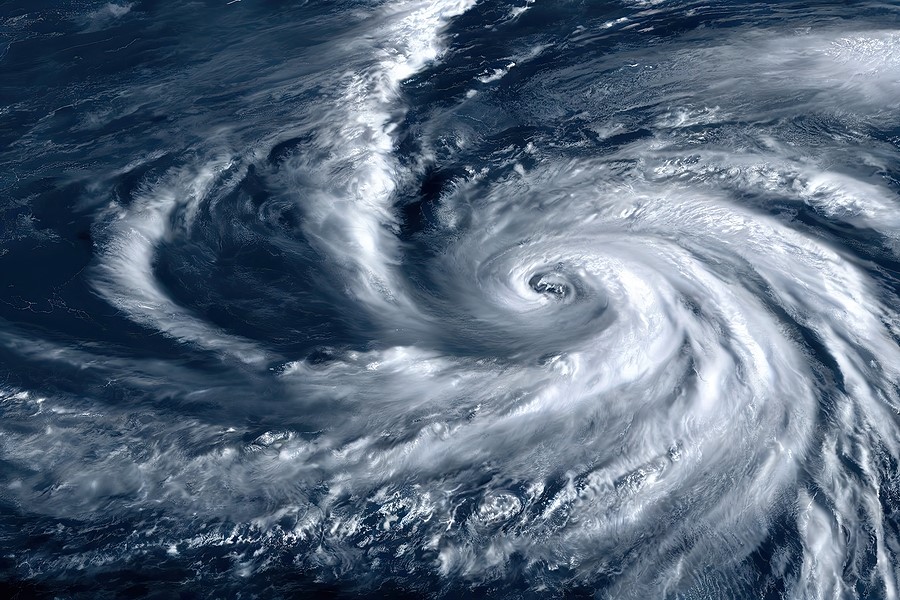News
World “On The Cusp” Of Crossing 1.5 C Degree Threshold
A new artificial intelligence-led study has suggested that global warming will reach 1.5 degrees C above pre-industrial averages in the early 2030s, no matter how much emissions rise or fall over the next ten years.
Carried out by the University of Stanford and published in the Proceedings of the National Academy of Sciences journal, the research indicated that current emissions goals – which were established to achieve the 1.5 degree C climate target – may actually be necessary in order to avoid more extreme climate change of 2 degrees C.
If greenhouse gas emission levels remain high over the next 20 years or so, the study predicted that there is a one in two chance that the earth will be two degrees C hotter on average than pre-industrial times by the middle of the century, with a more than four in five chance of hitting the threshold by 2060.
Half a degree may not seem like much, but the impacts of global warming and climate change are already being felt around the world, with temperatures already 1.1 degrees C hotter on average than in the 1800s (when fossil fuel combustion came to the fore).
These impacts include more intense heatwaves (which the UK experienced in the summer of 2022), more extreme rainfall and flooding events, more frequent wildfires and so on… so with every fraction of a degree that global warming increases by, the consequences will be intensified for people and ecosystems alike.
The study’s findings may be considered controversial to some policymakers and scientists, however, with other reports (such as the most recent one from the Intergovernmental Panel on Climate change) indicating that it is unlikely that the 2 degree C threshold will be hit if emissions fall to net zero before 2080.
It was noted, however, that it would potentially be possible to reduce the chances of more extreme climate change if the amount of methane, carbon dioxide and other greenhouse gases going into the atmosphere was quickly reduced. To this end, many countries have pledged to hit net zero emissions more quickly than this latest study accounts for.
Noah Diffenbaugh, Stanford University climate scientist and lead author of the new paper, said: “Using an entirely new approach that relies on the current state of the climate system to make predictions about the future, we confirm that the world is on the cusp of crossing the 1.5 C threshold.
“Our AI model is quite convinced that there has already been enough warming that 2 C is likely to be exceeded if reaching net zero emissions takes another half century.”
He went on to say that the net-zero pledges made by the likes of India, the US, the EU and China – with the aim being to reach net zero emissions more quickly – may in fact be necessary in order to avoid a 2 degree C rise in global temperatures.
What difference will a few degrees make?
Natural and human systems alike will all be affected by a warming climate, with a recent Intergovernmental Panel on Climate Change report suggesting what would most likely happen if the global warming thresholds of 1.5 degrees C and 2 degrees C were reached.
It was found that the most extreme temperatures would be seen in central and eastern North America, as well as central and southern Europe, the Mediterranean, southern AFrica and western and central Asia.
With a 2 degree C rise, it was suggested that the deadly heatwaves that hit Pakistan and India back in 2015 could become annual events. At two degrees, some parts of the world would also see more heavy rainfall events compared to a 1.5 degrees C rise, including eastern North America, which would see higher flood risks.
Biodiversity and wildlife would also be severely affected by a two degree rise, with 18 per cent of insects, 16 per cent of plants and eight per cent of invertebrates would see their climatically determined geographic range reduce by over half.
If global warming was limited to 1.5 degrees, these numbers would fall to six per cent, eight per cent and four per cent respectively.
Furthermore, the report went on to note that if warming was limited to 1.5 degrees, the probability of drought and risks related to water availability in some parts of the world would be significantly reduced, particularly in the Mediterranean, southern Africa, South America and Australia.
And with a 1.5 degree C rise, up to half as many people globally would potentially experience climate change-associated water stress, with people living in river basins – especially in the Middle and Near East – particularly vulnerable.
How can businesses help achieve net zero?
With the deadline for tackling climate change fast approaching, it’s important for businesses to adopt a focused and joined-up approach to reducing their carbon footprint, as there isn’t sufficient time any more to do it bit by bit.
The first step to take is to work out what your overall carbon footprint is so you can see which aspects of your business you can change to deliver quick reductions. Sourcing as much of your energy from renewable sources as you can is one way in which you can make significant inroads almost immediately, for example.
Carbon emission offsetting is something else you could look into while you put your reduction plans and strategies into action. This is where you look to reduce or remove emissions in some parts of your operations in order to compensate for those you make elsewhere.
Looking at your supply chain and using local suppliers can also help you reduce your environmental impact significantly, as well as helping you to build resilience into your company so you are better protected against climate change impacts in the future.
Are you thinking of switching water supplier at the moment? Get in touch with us today to see how we can help.
